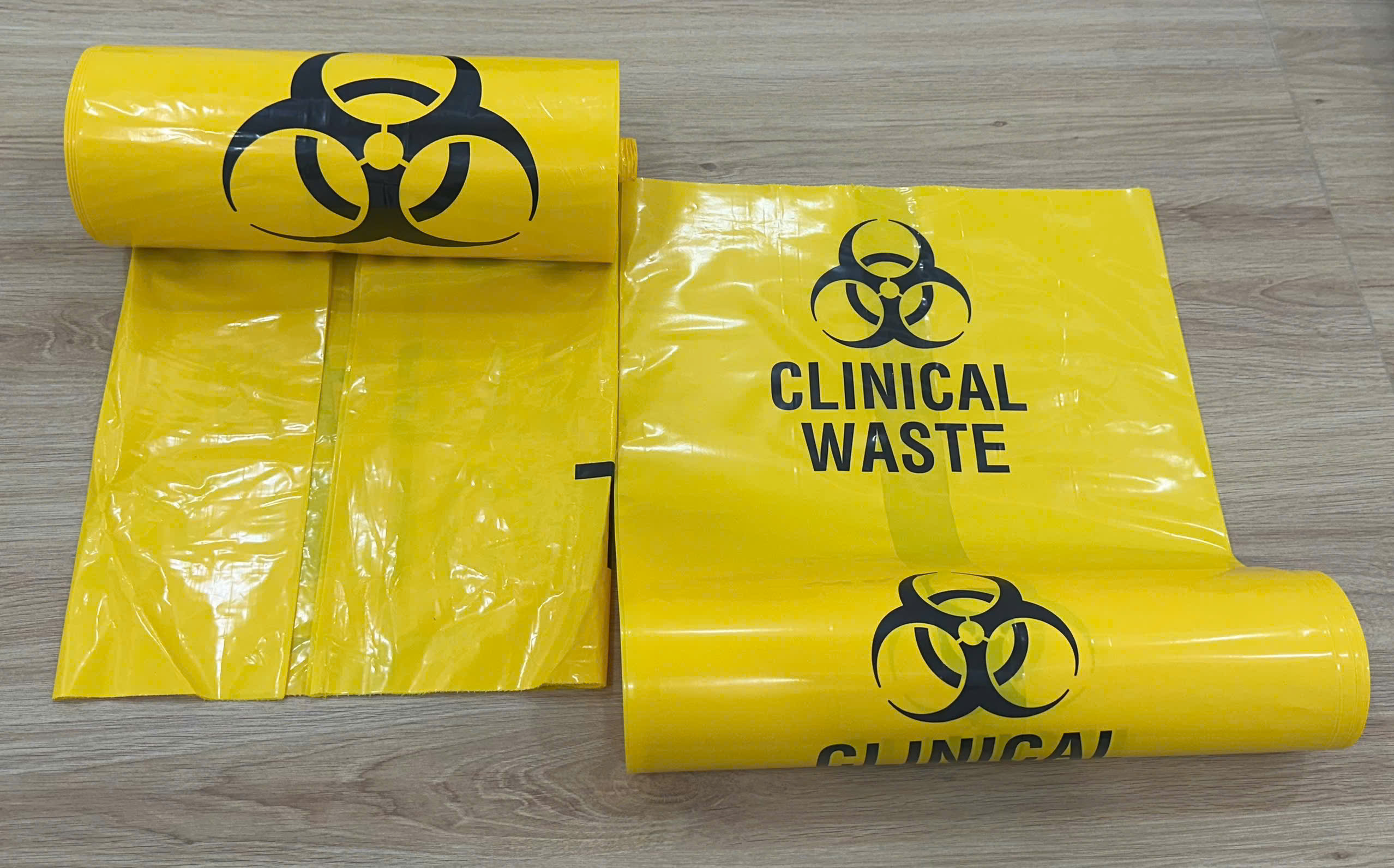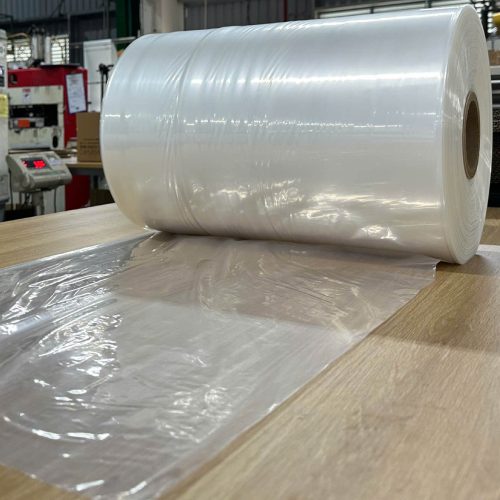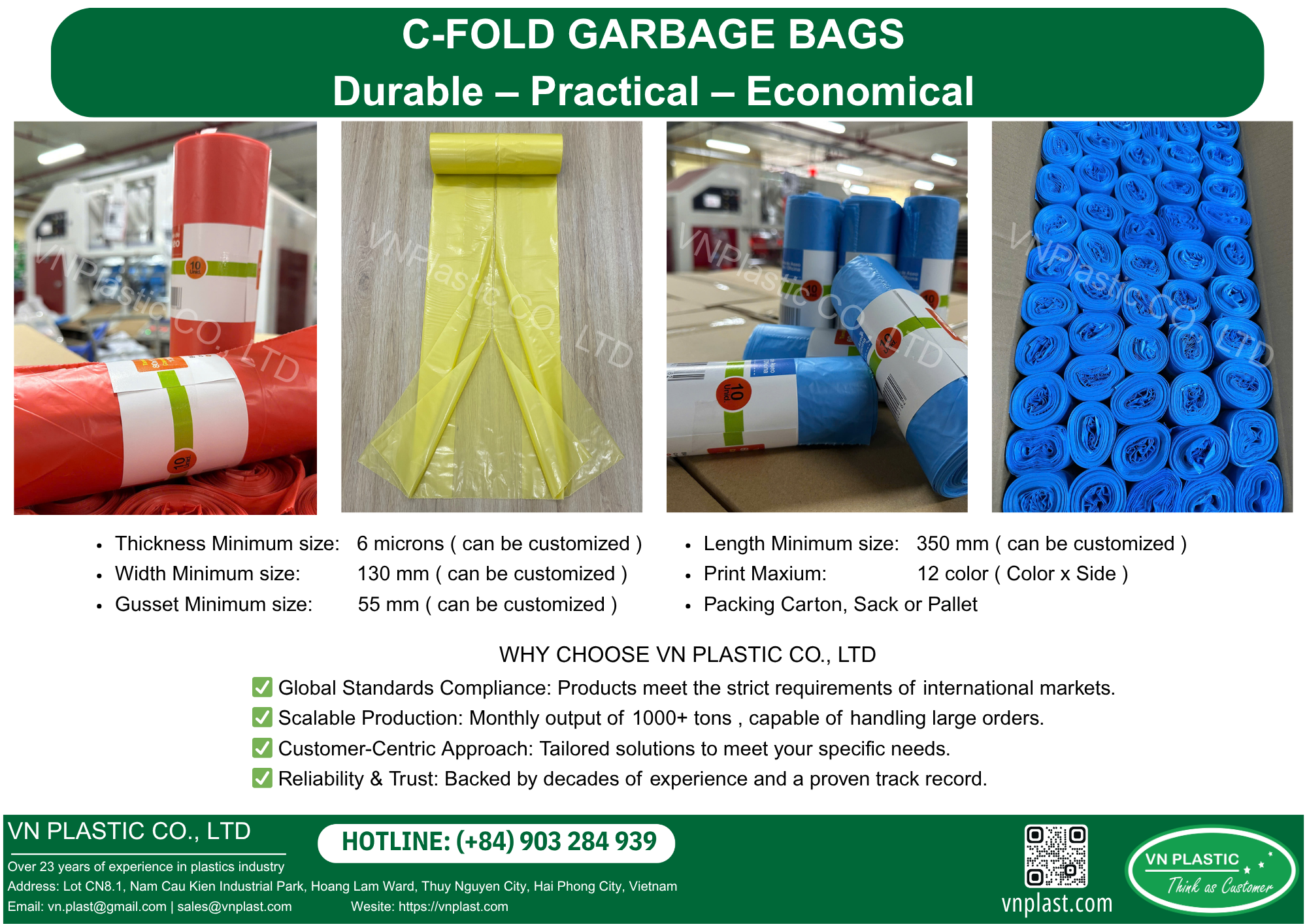Stretch Film Plastic is an essential component in the world of packaging and shipping. It serves a multitude of purposes, from securing items for transport to providing protection against moisture and dirt. As businesses grow and e-commerce flourishes, the demand for effective packaging solutions like stretch film plastic continues to increase. In this article, we will explore the various dimensions of stretch film plastic, including its history, different types, benefits, and best practices for use.
Understanding Stretch Film Plastic
To fully appreciate the significance of stretch film plastic, it’s essential to understand what it is and why it exists.
Definition and Purpose of Stretch Film Plastic
At its core, stretch film plastic is a highly elastic film used for bundling products together. Made primarily from linear low-density polyethylene (LLDPE), it is designed to stretch around items and hold them tightly in place. The key purpose of stretch film is to provide stability during shipping and storage, ensuring that goods remain intact and undamaged.
The characteristics of stretch film plastic allow it to cling to itself without adhesive, creating a secure wrap around packages. This self-adhesion is what makes it so effective for various applications, whether in warehousing, logistics, or retail environments.
Brief Overview of Its History and Development in Packaging
The roots of stretch film can be traced back to the early 1960s when manufacturers began experimenting with different plastics and techniques for wrapping goods. Initially developed as a solution for securing pallets during transport, the technology has evolved significantly over the decades.
As industries grew, so did the demand for more efficient packaging methods. Stretch film underwent several enhancements, including improvements in clarity, thickness, and durability. Today, stretch film plastic is a staple in the supply chain, found in warehouses and distribution centers worldwide.
Benefits of Using Stretch Film
The advantages of using stretch film plastic are vast and worth exploring in detail.
Highlighting Advantages such as Protection, Stability, and Cost-Effectiveness
First and foremost, stretch film packaging provides unparalleled protection. By securely wrapping products, it shields them from dust, dirt, and moisture—essential factors that could compromise the integrity of items during transit. This protective barrier is crucial for industries like food processing, pharmaceuticals, and electronics, where contamination can lead to significant losses.
In terms of stability, stretch film ensures that cargo remains in place throughout the shipping process. When goods are properly wrapped, they are less likely to shift or topple over, reducing the chance of damage. This stability also contributes to more efficient stacking and storage, maximizing space utilization.
Cost-effectiveness is another compelling benefit. Compared to other packaging materials, stretch film plastic is relatively inexpensive while offering impressive performance. The lightweight nature of the film reduces shipping costs, as heavier packaging materials can increase freight expenses.
Personal Anecdotes Showcasing Instances Where Stretch Film Made a Significant Difference
Reflecting on my own experiences, I recall a time when I was involved in shipping fragile glassware. Initially, I relied on bubble wrap alone, which proved inadequate as multiple items were damaged during transit. It wasn’t until I incorporated stretch film plastic that I noticed a drastic improvement. The added layer of security provided by the film not only protected the glass but also reduced overall shipping costs due to fewer returns and replacements.
In another instance, while managing an e-commerce business, we faced challenges with inventory management. Products were often jumbled, leading to delays in fulfilling orders. After adopting proper stretch film packaging techniques, we were able to organize our warehouse more efficiently. Items wrapped together took up less space and made it easier to locate products quickly.
Types of Stretch Film Plastic

Understanding the various stretch film plastic types is crucial for selecting the right one for your specific needs.
Hand Stretch Film vs. Machine Stretch Film
When considering stretch film plastic, you’ll encounter two primary categories: hand stretch film and machine stretch film. Each type has its distinct features and applications.
Hand stretch film is typically available in smaller rolls, making it ideal for manual application. It’s commonly used for wrapping smaller shipments, individual pallets, or even furniture moving. The film is easy to handle and gives users flexibility in their wrapping techniques. For anyone engaged in small-scale operations or looking to save money, hand stretch film is a practical choice.
On the other hand, machine stretch film is designed for automated wrapping systems. Characterized by its uniform thickness and width, this type of film is often utilized in high-volume operations where speed and efficiency are paramount. If you’re running a large warehouse or distribution center, investing in machinery that uses stretch film can greatly enhance productivity.
From personal experience, I’ve come to realize that both types have their merits depending on the scale of operation. While I initially leaned towards hand stretch film for my small business, transitioning to machine stretch film as we expanded allowed us to streamline processes significantly.
Pre-Stretched vs. Non-Stretched Film
Another distinction in stretch film plastic is between pre-stretched and non-stretched films.
Pre-stretched film has been stretched during manufacturing, resulting in slightly less stretchability but improved strength. It clings well and requires less force to apply, making it easier to handle. Many find pre-stretched film beneficial for projects requiring consistent wrapping tension and minimal waste.
Conversely, non-stretched film offers higher elasticity and can be stretched further during application. While this may provide a tighter fit, it also demands more user skill and effort to achieve optimal results.
Personally, I prefer pre-stretched film for most of my applications due to its ease of use and reduced physical strain. However, there are certain situations, particularly when dealing with oddly shaped objects, where non-stretched film comes in handy. The ability to customize the wrapping method can make a significant difference in how well an item is secured.
Colored Stretch Film
Colored stretch film is an innovative twist on traditional clear film, offering unique advantages across various industries.
The primary benefit of colored stretch film lies in its ability to aid in inventory management and branding. Different colors can signify various product lines or categories, facilitating faster identification in warehouses. This visual cue can streamline picking processes and reduce errors.
Moreover, colored stretch film can serve as a marketing tool, reinforcing brand identity. Utilizing a specific color associated with your brand can create a lasting impression on customers.
One memorable experience I had involved launching a new product line. We decided to use blue colored stretch film for all packaging related to this particular launch. The moment our shipment arrived at retail locations, the striking blue wrapped bundles caught the eye of everyone passing by. Not only did it stand out, but it also reinforced our brand message effectively.
How to Choose the Right Stretch Film Plastic Roll

Choosing the right stretch film plastic roll can significantly impact your packaging efficiency and effectiveness.
Assessing Your Packaging Needs
Before purchasing stretch film, it’s vital to assess your specific packaging requirements. Consider factors such as size, thickness, and clarity, as they will influence the performance of the film.
For instance, if you’re wrapping heavy items, opting for a thicker film might be necessary to ensure adequate support. Conversely, if you’re only wrapping lightweight goods, a thinner option could suffice, ultimately saving costs.
In my experience, assessing the items you plan to wrap in advance allows for better decision-making. For example, when packaging apparel, a standard gauge works well. However, when it comes to wrapping bulky machinery parts, I’ve learned to invest in heavier-grade films.
Environmental Considerations
As sustainability becomes increasingly important, it’s essential to explore eco-friendly options available in stretch film packaging. Companies are now producing biodegradable films and recycled materials, allowing businesses to reduce their carbon footprint while still maintaining packaging quality.
Engaging in thoughtful sourcing not only caters to environmentally conscious consumers but also enhances brand reputation. My journey toward sustainable packaging led me to discover remarkable options that balance functionality with environmental responsibility. Choosing green alternatives has become an integral part of my packaging strategy.
Tips for Proper Use and Application of Stretch Film

Proper application techniques can maximize the effectiveness of stretch film plastic in your operations.
Techniques for Wrapping Items
Wrapping items correctly is crucial to achieving the desired outcome. Begin by ensuring the surface of the item is clean and dry, as any debris can hinder the film’s ability to adhere properly.
Start wrapping from the bottom, overlapping each layer by about 50% as you work your way up. Maintaining consistent tension while applying the film will ensure a tight seal. Once you reach the top, secure the end of the film in place, ensuring it does not unravel during transit.
Over the years, I’ve learned that taking the time to practice wrapping techniques can dramatically improve results. Common mistakes include applying too little tension, which can cause loose wraps, or wrapping too tightly, risking damage to delicate items.
Storage and Handling Recommendations
Appropriate storage and handling of stretch film plastic rolls is essential for maintaining their integrity. Ensure that rolls are stored in a cool, dry place away from direct sunlight. Excessive heat can lead to degradation of the film, impacting its performance.
Additionally, avoid exposing the rolls to sharp objects or heavy weights, which can cause punctures or tears. A recent mishap taught me the importance of proper storage; I lost an entire roll due to improper stacking, leading to wasted resources and increased costs.
Conclusion
As we’ve explored in this comprehensive guide, stretch film plastic plays a pivotal role in modern packaging and shipping. From understanding its history to recognizing its diverse applications, the effectiveness of stretch film is undeniable.
Whether you’re a small business owner, warehouse manager, or someone interested in enhancing shipping processes, consider experimenting with different stretch film plastic types. The impact of selecting the right film and employing effective wrapping techniques can lead to significant improvements in efficiency, cost savings, and environmental commitment.
Embrace the versatility of stretch film plastic and witness the transformative benefits it can bring to your packaging endeavors.
Factory: No 5, Lot CN8.1, Nam Cau Kien Industrial Park, Hoang Dong Commune, Thuy Nguyen District, Hai Phong City, Viet Nam.
Tel/whatsapp:(+84)903 284 939
Ws: http://vnplast.com
Email: [email protected] | [email protected]




